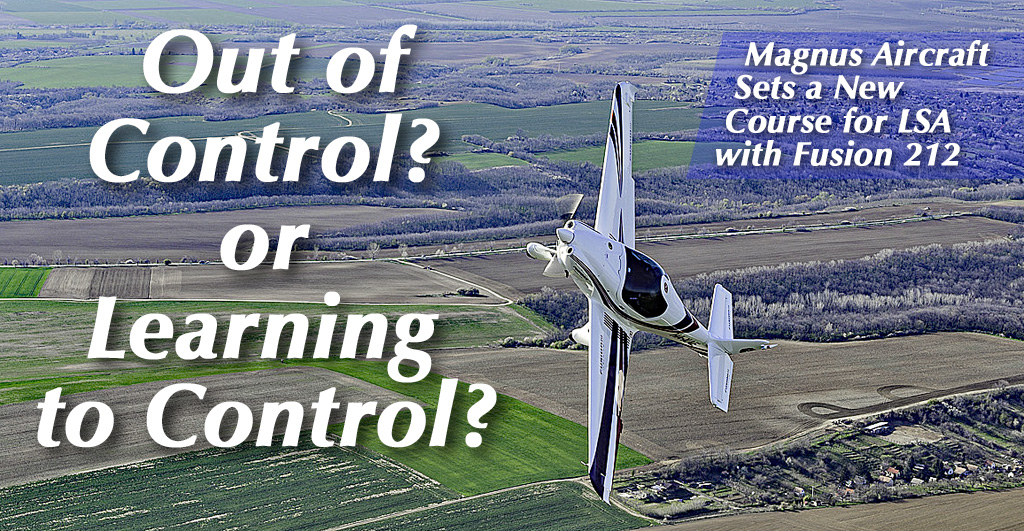
“Now, wait a minute,” I hear some object! “You can’t do aerobatics in a Light-Sport Aircraft. It’s not allowed.” Are you sure about that? True, most LSA are not recommended for aerobatic flying or training. However, one of the main reasons for that is that Rotax does not want their LSA 9-series engines used for aerobatics. If the engine manufacturer does not permit that, we’re done talking. It cannot be used that way. The airframe maker can also stipulate no such operations. However, neither FAA regulations nor ASTM standards expressly prohibit aerobatics. We’ve already seen one entry that is capable of aerobatics — the FK-12 Comet biplane — but when that model uses a Rotax powerplant, going upside down on purpose is not permitted. Has Magnus got a valid reason for pursuing aerobatics? Are they trying to invite owners to fly this way? A better rationale: With a capable aircraft, a qualified instructor can offer what some call “Upset Recovery Training.” Others may say “unusual attitude training,” but the purpose is to prepare pilots who may find themselves in unfamiliar — “upset” … “unusual” — situations, so they know how to exit that condition.


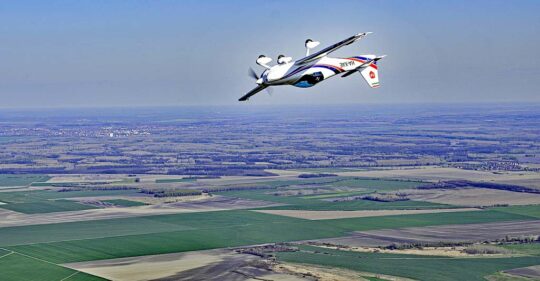 True, most LSA are not recommended for aerobatic flying or training. However, one of the main reasons for that is that Rotax does not want their LSA 9-series engines used for aerobatics. If the engine manufacturer does not permit that, we're done talking. It cannot be used that way. The airframe maker can also stipulate no such operations.
However, neither FAA regulations nor ASTM standards expressly prohibit aerobatics. We've already seen one entry that is capable of aerobatics — the FK-12 Comet biplane — but when that model uses a Rotax powerplant, going upside down on purpose is not permitted.
Has Magnus got a valid reason for pursuing aerobatics? Are they trying to invite owners to fly this way? A better rationale: With a capable aircraft, a qualified instructor can offer what some call "Upset Recovery Training." Others may say "unusual attitude training," but the purpose is to prepare pilots who may find themselves in unfamiliar — "upset" … "unusual" — situations, so they know how to exit that condition.
True, most LSA are not recommended for aerobatic flying or training. However, one of the main reasons for that is that Rotax does not want their LSA 9-series engines used for aerobatics. If the engine manufacturer does not permit that, we're done talking. It cannot be used that way. The airframe maker can also stipulate no such operations.
However, neither FAA regulations nor ASTM standards expressly prohibit aerobatics. We've already seen one entry that is capable of aerobatics — the FK-12 Comet biplane — but when that model uses a Rotax powerplant, going upside down on purpose is not permitted.
Has Magnus got a valid reason for pursuing aerobatics? Are they trying to invite owners to fly this way? A better rationale: With a capable aircraft, a qualified instructor can offer what some call "Upset Recovery Training." Others may say "unusual attitude training," but the purpose is to prepare pilots who may find themselves in unfamiliar — "upset" … "unusual" — situations, so they know how to exit that condition.
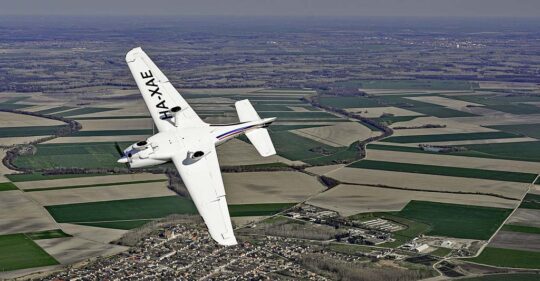 Instead, Magnus will use a ULPower engine. The latter has anticipated this use and the Belgian company recently declared that it meets all ASTM standards applicable to aircraft engines (specifically the F2339-19A standard for reciprocating spark engines for Light-Sport Aircraft).
Welcome to ULPower (see video below) and congratulations to Magnus for using this engine to further their idea of Fusion 212 being used for upset recovery training. The Hungarian company made it official as did ULPower.
Instead, Magnus will use a ULPower engine. The latter has anticipated this use and the Belgian company recently declared that it meets all ASTM standards applicable to aircraft engines (specifically the F2339-19A standard for reciprocating spark engines for Light-Sport Aircraft).
Welcome to ULPower (see video below) and congratulations to Magnus for using this engine to further their idea of Fusion 212 being used for upset recovery training. The Hungarian company made it official as did ULPower.
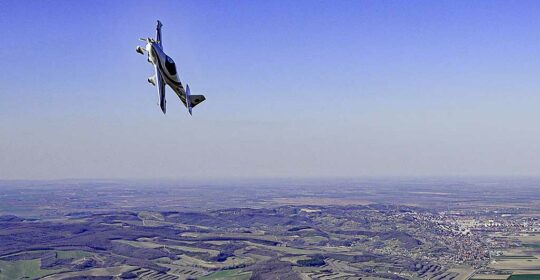 "Magnus Aircraft is proud to announce its Fusion 212 airplane is approved for intentional spin. Starting now (April 2022), complete stall and spin awareness training, which is required for all CFIs as per FAR 61.183, can be [done] on the Fusion 212," wrote László Boros, CEO of Magnus.
U.S. representative, Doma Adreka added, "I am pleased to inform you about the spin test results of the Fusion airplane. Since April 4, 2022, all Fusions are approved for intentional spins, and with an ASTM-compliant ULPower 350iS engine, approved for upset recovery and basic aerobatics (+6/-3Gs). With these capabilities the Fusion is the first Special LSA approved for all of these maneuvers and advanced training."
"Magnus Aircraft is proud to announce its Fusion 212 airplane is approved for intentional spin. Starting now (April 2022), complete stall and spin awareness training, which is required for all CFIs as per FAR 61.183, can be [done] on the Fusion 212," wrote László Boros, CEO of Magnus.
U.S. representative, Doma Adreka added, "I am pleased to inform you about the spin test results of the Fusion airplane. Since April 4, 2022, all Fusions are approved for intentional spins, and with an ASTM-compliant ULPower 350iS engine, approved for upset recovery and basic aerobatics (+6/-3Gs). With these capabilities the Fusion is the first Special LSA approved for all of these maneuvers and advanced training."
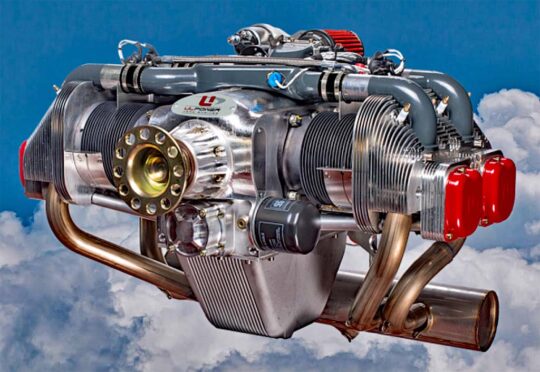 "UL Power confirmed their ASTM declaration stating that the 350 and 520 engines are ASTM-compliant and can be used on SLSA," Doma added.
Officially,
"UL Power confirmed their ASTM declaration stating that the 350 and 520 engines are ASTM-compliant and can be used on SLSA," Doma added.
Officially, 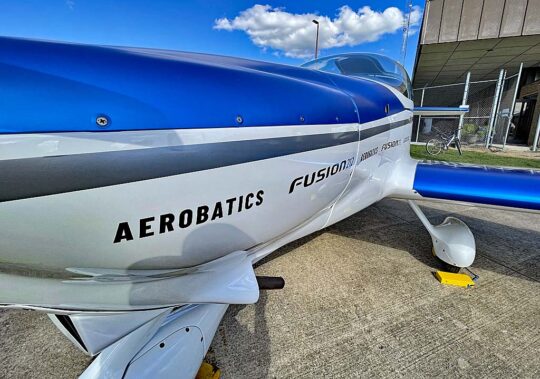 "Magnus successfully completed the comprehensive intentional spin and recovery test series," Doma elaborated, "so the Fusion 212 airplane is approved for upset recovery training (UPRT), intentional spin and basic aerobatics (+6/-3Gs), which is extremely important for flight safety. Fusion 212 is the first and only available Light Sport Aircraft for these maneuvers." (Note that Tecnam acquired the single-seat
"Magnus successfully completed the comprehensive intentional spin and recovery test series," Doma elaborated, "so the Fusion 212 airplane is approved for upset recovery training (UPRT), intentional spin and basic aerobatics (+6/-3Gs), which is extremely important for flight safety. Fusion 212 is the first and only available Light Sport Aircraft for these maneuvers." (Note that Tecnam acquired the single-seat 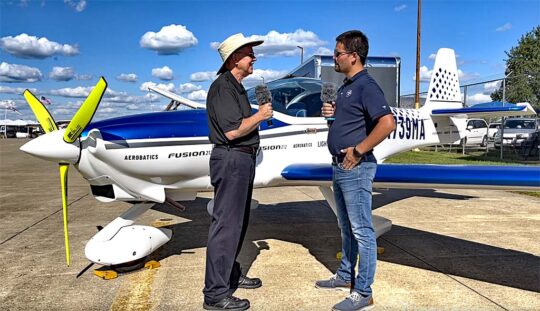 "Fusion 212 provides low operating costs ($50/hour) to training organizations and private owners. Fusion 212 is well known for its high structural load capacity and strength allowing maneuvers that expand the regular flight envelope." I quickly and willingly add that my two flights in Fusion have shown it to be an extremely solid feeling aircraft (
"Fusion 212 provides low operating costs ($50/hour) to training organizations and private owners. Fusion 212 is well known for its high structural load capacity and strength allowing maneuvers that expand the regular flight envelope." I quickly and willingly add that my two flights in Fusion have shown it to be an extremely solid feeling aircraft (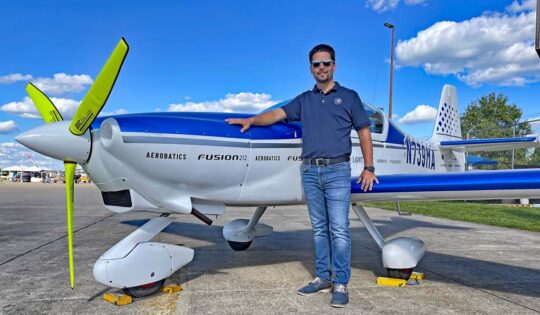 However, he fell in love with aviation while working for Magnus in Europe and later in the USA, first residing in Texas though he and his family have now relocated to Florida. Doma earned his pilot license in 2020 and is working towards his instructor ticket.
Today, he lives with is wife, Vicky and daughter, Lili Anna, in the Spruce Creek Fly-In community near Daytona Beach. "After almost five years in Texas we moved to Florida in 2021. We absolutely adore living here!"
With that kind of youth and enthusiasm, I expect we'll see Doma and Fusion at an airshow near you.
However, he fell in love with aviation while working for Magnus in Europe and later in the USA, first residing in Texas though he and his family have now relocated to Florida. Doma earned his pilot license in 2020 and is working towards his instructor ticket.
Today, he lives with is wife, Vicky and daughter, Lili Anna, in the Spruce Creek Fly-In community near Daytona Beach. "After almost five years in Texas we moved to Florida in 2021. We absolutely adore living here!"
With that kind of youth and enthusiasm, I expect we'll see Doma and Fusion at an airshow near you.
 Here is a rare perspective on a Light-Sport Aircraft doing a multi-turn spin. This offers great views of the maneuver and you see how well Magnus Fusion handles it.
https://youtu.be/DtdOH4tiIK0
Here is my interview of Magnus Aircraft's U.S. importer, Doma Andreka at the 2021
Here is a rare perspective on a Light-Sport Aircraft doing a multi-turn spin. This offers great views of the maneuver and you see how well Magnus Fusion handles it.
https://youtu.be/DtdOH4tiIK0
Here is my interview of Magnus Aircraft's U.S. importer, Doma Andreka at the 2021